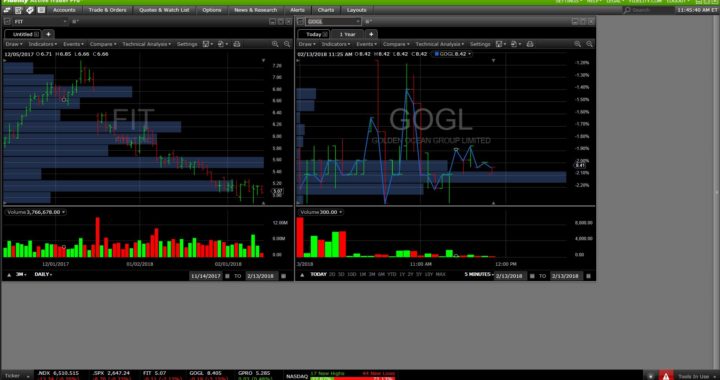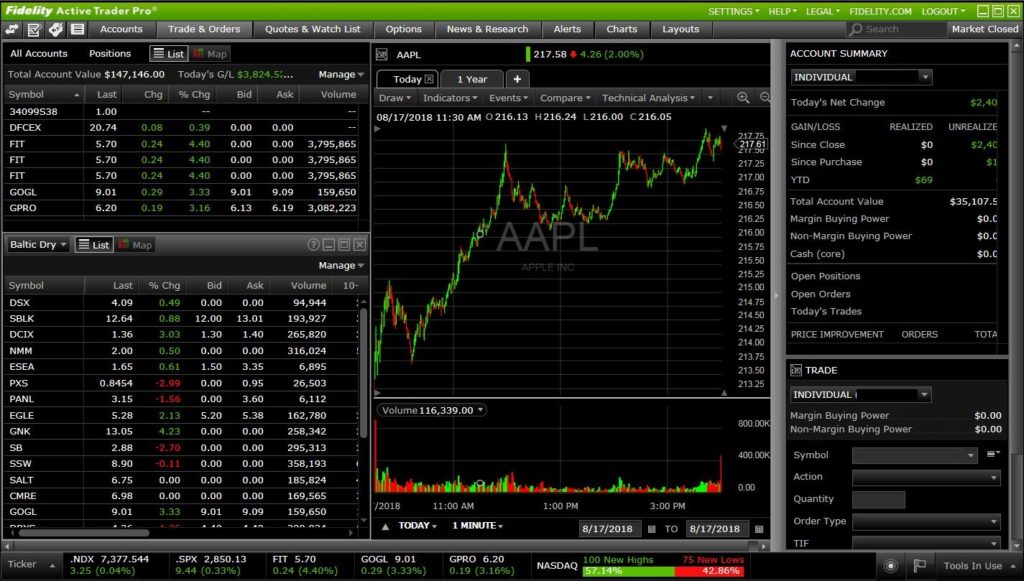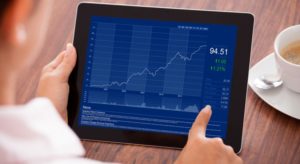Regardless of how many Wall Street films you have seen in the past, stocks and shares is not an easy topic. Those who are searching online for resources on how to invest in stocks for beginners or with little money thinking that they will “certainly” become the next overnight millionaires should, first and foremost, receive a word of warning: Yes, some people can really get rich overnight playing with shares at the stock exchange market; however, but that happens once a blue moon. Every person willing to dip a toe in the world of stocks investment should, at the very least, get prepared first and —as if you were playing chess— think his moves twice beforehand to prevent regrets after.
That being said… How to invest in stocks?
First Things First: Get Informed
Before spending one penny in a stock market, the first thing you should do is to get informed. Let’s ask a few questions so you can ask yourself if you know the answers:
- Do you know what a stock is, and how they are currently stored?
- How many kinds of shares are there, and which of them you can buy?
- Do you know what a stock broker is? Have you found any for yourself already?
- Lastly, have you spoken with your accountant about the financial and tax consequences (if any) of becoming a stock investor?
If you do not know the answer to any of these questions, then please let me suggest you the following readings:
- Investing articles on stocks and the stock market could be a reasonable starting point.
- The Beginners’ Guide to Investing, by the American Securities and Exchange Commission can provide you a more specific introduction to the topic.
- Investor’s glossary page can help you clear your doubts.
- Lists of stock brokers such as this one by Nasdaq can help you find a reputable stock trader for your assets.
Learning How to Invest in Stocks
Next, choose how you will invest in stocks
Once you have covered the basics and feel better informed to start investing, you need to find out a way to do it suitable for yourself and for your money. There are many options and approaches for this, yet, for beginners, I like to keep things simple. Remember the goal is to make money, and that you have basically two ways to get it with stocks:
- You either buy stocks to resell them after a short time.
- You buy stocks to expect a profit sharing payment or resell them after a longer term.
In both cases, your goal will be to make more money from what you invested, a profit.
What are the best stocks to invest in?
The best stocks are on companies or markets you understand, so this answer will depend strongly in your background. Let’s try to make it clear with an example, anyway:
Let’s say someone offers us stocks from an ice-cream company… would you buy them? An uninformed person may go buy them just because “heard” those shares are “about to go up”, and that “it is the exact moment to buy them.” Someone who understands the ice-cream market, however, would pause for a moment and think: Ice-creams are mainly sold in summer. During the winter, their demand falls down. The wisest move would be to buy the stocks in winter, when demand is low and prices go down; and to sell them in spring or at the beginning of summer, when demand goes up and so do prices.
After learning how to invest in stocks, remember knowing the market you are about to invest in will help you get a better understanding of when to buy or sell your stocks.
Certainly, your stock broker should advise you about your investments too.
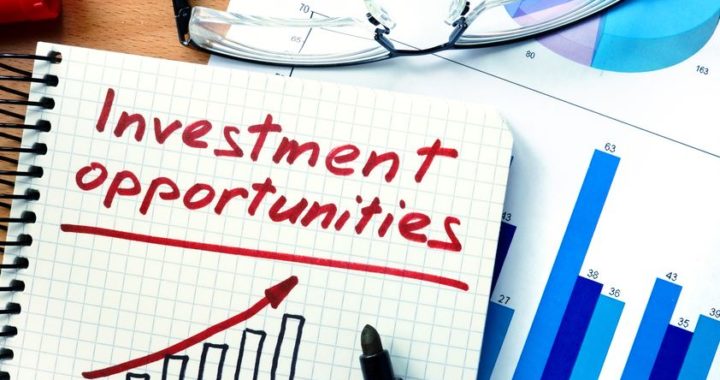
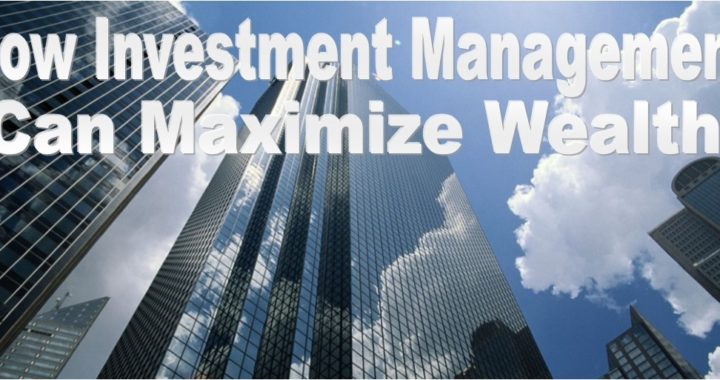
 The services of these investment experts can be very advantageous to every investor, either private or institutional. These professionals have in-depth know-how about the asset market, making sure that ROI is maintained by way of making a diversified asset portfolio. Aside from dealing with the funds, investment managers also come up with tailored investment strategic plans in order for the goals of their clients to be realized. However, the investor will be the one who will determine for the style to use. Before the implementation process, the asset management group will talk about things with the investors to finalize everything.
The services of these investment experts can be very advantageous to every investor, either private or institutional. These professionals have in-depth know-how about the asset market, making sure that ROI is maintained by way of making a diversified asset portfolio. Aside from dealing with the funds, investment managers also come up with tailored investment strategic plans in order for the goals of their clients to be realized. However, the investor will be the one who will determine for the style to use. Before the implementation process, the asset management group will talk about things with the investors to finalize everything.